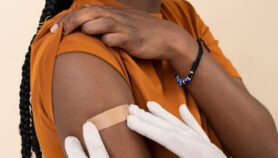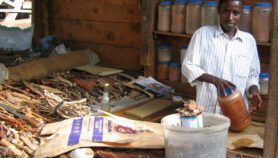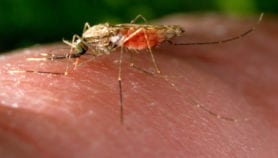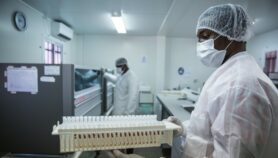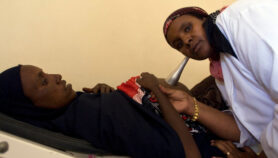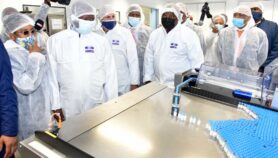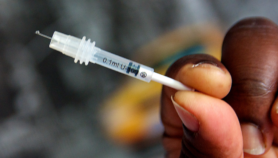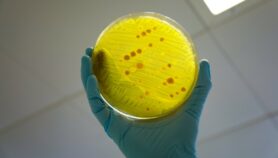By: Monique Tsang
Send to a friend
The details you provide on this page will not be used to send unsolicited email, and will not be sold to a 3rd party. See privacy policy.
Two devices to treat jaundice in newborn babies in the developing world will be rolled out later this year.
Jaundice affects about 60 per cent of newborns globally. It is caused by the build-up in the bloodstream of bilirubin — the yellow-coloured remains of old red blood cells — which the newborn’s liver cannot break down. In severe cases, bilirubin can enter the brain, causing deafness and brain damage.
Shining blue light onto the baby for 2–3 days breaks down the bilirubin into a form that can be excreted. But this treatment is expensive and is rarely available in rural areas.
The two new machines use high-powered light-emitting diode (LED) lights, which are more energy-efficient and last longer than the compact fluorescent lights usually used.
The first device, Firefly, completed clinical trials in Vietnam in December. All 17 infants treated were cured.
Firefly, invented and developed by US non-profit organisation Design that Matters (DtM), is small enough to sit on a desk.
It is shielded against dust and insects, and a cooling system prevents it overheating in hot climates.
Elizabeth Johansen, director of project development at DtM, told SciDev.Net the device can be used "anywhere in the world". She expects the first batch from a Vietnamese manufacturer later this year.
The second technology, Brilliance, will be the cheapest phototherapy device to be approved by the American Academy of Pediatrics, according to its developer D-Rev, a non-profit technology incubator based in the United States.
Krista Donaldson, chief executive of D-Rev, said that Brilliance will sell for about US$400, compared with US$3,000 for comparable devices.
The technology has been licensed to India’s largest manufacturer of neonatal devices and will reach clinics later this year.
Brilliance — which uses passive cooling instead of fans, which can break — has passed bench-top tests and treated two infants.
But because it is based on devices already used in India — apart from the cooling method — it does not require clinical trials, Donaldson said.




